Everything You Need to Know About Skin Peeling
Have you been noticing layers of flaky skin on your palms and foot soles? You are not alone. Though it might look damaging, skin peeling is a normal process through which our skin heals itself. Loss of skin cells happens right under our noses regularly, without us realizing it. In other cases, when one goes through an injury or excessive dryness, they may notice patches of skin layers peeling off to make way for newly healed skin. In this blog, we discuss everything you need to know about skin peeling - what it is, why it happens, and how to deal with it.

What is Skin Peeling?
Our skin has a total of three layers: the epidermis, the dermis, and the hypodermis. Skin peeling is a natural process where the outer layer (epidermis) of the skin is shed. It is associated with skin healing processes, where dead skin cells are shed off to make way for new skin. This is natural for a healthy body to be doing. Bathing and scrubbing usually enable this process. Peeling skin is medically referred to as desquamation.
However, sometimes, damage from external factors such as sunburns or skin infections can lead to excessive peeling of the skin. To clarify - It is usually harmless if a person experiences a little skin peeling in winter seasons that eventually goes away. However, a sudden, unexpected surge in dry peeling patches can be a cause of concern. It can be a follow-up condition of underlying problems and diseases like eczema or psoriasis that cause skin damage. In all of these cases, the purpose of peeling skin is to heal already done damage.
Causes Behind Skin Peeling
Any problem is best solved at its roots, which is why tackling excessive skin peeling is enabled by knowing its causes. Visible skin peeling can occur on either a small section of one’s body or all over it. This depends on the underlying cause of the skin injury or damage.
While skin peeling itself is not a problem, the causes of skin peeling can range from being relatively harmless to life-threatening. Some causes are more severe than others and may require medical attention. Excessive skin peeling usually stops once the cause of it is treated. Here is a simplified list of causes that may lead to skin peeling:
Direct Damage
This refers to environmental factors that outwardly lead to skin damage including:
- Injuries or wounds
- Thermal Burns, which can be caused by accidents like touching a hot liquid or burning yourself while cooking
- Chemical Burns, which can be caused by harsh cleaning products that are high in acid.
- Skin irritation due to friction, dehydration, dried-up skin, humidity, ill-fitting shoes, and cold weather.
- Excessive exposure to the sun leads to skin damage via UV rays and sunburns. This is one of the most common causes of skin peeling.

Medical Conditions and Treatment Side-effects
Medical conditions require a diagnosis from a professional because they indicate an underlying disease. They need proper attention and treatment. Skin peeling is merely a consequence of these conditions. Here are some common conditions that lead to excessive skin peeling:
- Eczema or Atopic Dermatitis is a skin condition that causes the skin to become dry, itchy, red, and bumpy. This causes infected skin to peel off.
- Exfoliative Keratolysis refers to the condition of excessive skin peeling on one’s palms and feet soles. This is usually caused by sweating, friction, or cold weather conditions.
- Cancer treatments including chemotherapy and radiation often lead to side effects in the skin and hair. It is typical of cancer patients undergoing treatment to lose a lot of hair, and experience skin damage and peeling.
- Other skin conditions like Psoriasis, Contact Dermatitis, Athlete’s foot, Hyperhidrosis, Jock itch, Kawasaki disease, non-Hodgkin’s lymphoma, Pemphigus, Ringworm, Seborrheic dermatitis, Staph infections, Stevens-Johnson syndrome can all cause excessive skin peeling.
Cosmetic Treatments
If you’re going through a cosmetic procedure to treat skin problems, skin peeling is likely to take place. The most common treatments that cause skin peeling include:
- Acne Treatments, often including the intake of topical or oral retinoids.
- Chemical peeling, a method of treating conditions like wrinkles and scars, purposefully uses chemicals to damage the upper layers of skin, causing them to peel off. This makes way for new, flawless skin.
Genetic Conditions
Skin peeling can be a consequence of genetic factors. For example, a disorder called the Peeling Skin Disorder is a rare genetic condition that causes excessive skin peeling all over the body. This usually calls for proper treatment and diagnosis. The onset typically occurs at birth but can also be diagnosed during young childhood.
Infections and Serious Diseases
Many viral and bacterial infections can cause severe skin damage, which in turn leads to peeling. These conditions are serious and need treatment.
- Scarlet Fever, caused by streptococcus bacteria accompanies rashes with itself, causing the skin to peel.
- Toxic shock syndrome is an uncommon condition that might develop after a bacterial or viral infection. Sun-burn-like rashes followed by skin peeling are a characteristic symptom of this condition.
How to Tell If Your Peeling Skin Is a Cause of Concern?
Regular skin peeling does not stay for long and is relatively harmless. However, if you’re experiencing a sudden and unexpected spike in skin peeling, consulting a dermatologist would be wise. An underlying serious cause could be discovered. Common irritating symptoms that may accompany skin peeling include bleeding, blistering, burning, dryness, inflammation, itching, rash, redness, scaling, swelling, and warmth.
Here is a list of signs and symptoms that indicate that you should seek immediate medical help:
- Skin pain, swelling, and redness
- Rashes, hives, irritation in the eyes, genitals, mouth, or face
- Dryness in eyes accompanied with poor vision
- Peeling accompanied with confusion, disorientation, diarrhea, bleeding, fever, or a swollen face
Natural Remedies to Treat Skin Peeling
Skin peeling can range from being mildly irritating to having life-threatening causes behind it. Most severe diseases that cause excessive skin peeling are impossible to ignore and will need an eventual diagnosis. In these cases, professionals use medical treatments to treat the cause of skin peeling.
In cases of mild skin peeling problems, natural remedies can be used to treat and prevent them. We’ve gathered the most common of these remedies, with ingredients that are available at home.
Hydration
People can forget to get enough hydration, especially in the winter seasons. Doctors recommend an average human being drink about 8-10 (about 2.5 litres) glasses of water in a day. Particularly for people with dry skin and skin peeling problems, staying hydrated is a must. Water replenishes your skin cells, cleanses the blood, and transports nutrients all over your body. Using N numbers of moisturizers, dieting, and sophisticated products can’t help you if your water intake is low.
Daily Skincare
If skin peeling is a frequent problem for you, a lifestyle change might be due. It’s time to take skincare seriously. Here are the basic essential practices you need to adopt to manage skin peeling:
- Always moisturize after taking a bath to replenish the moisture in your skin.
- Hot water can damage skin cells and make skin dry, which is why switching to lukewarm water would be wise.
- Avoid soaps that are high in fragrance or alcohol.
- If you live in cold weather conditions, invest in a humidifier so that the air doesn’t constantly soak up all your moisture.
- Laundry detergents or dishwasher soaps can be harsh on the skin. If skin peeling is a problem on your palms, start using gloves when coming in contact with these soaps.
Dress for the Weather!
Be cautious of the weather! Sunburns caused by excessive exposure to sun rays are the most common cause of skin peeling. Always apply a sufficient amount of sunscreen lotion before going out on a sunny day. Invest in scarves, sunglasses, and umbrellas if necessary.

In harsh winters, it’d be wise to wear warm gloves and thick boots when going out, to prevent chapping. Cold air often has little to no humidity and can soak up all the moisture from your skin.
Add Anti-Oxidants and Omega-3s to Your Diet
If your skin is peeling noticeably, your body is giving you a message. Your skin is getting exposed to damaging particles faster than it can repair it. Alternatively, you can add elements to your diet to boost your skin repair processes.
Foods rich in antioxidants and vitamins include blueberries, tomatoes, carrots, lentils, peas, and beans. These can help your body control skin damage and boost cell regenerative processes. Omega-3s, primarily associated with foods like salmon (fish), may contribute to glowing, youthful, and radiant skin.
Coconut Oil
Coconut oil is a natural oil that is good for skin and hair because of its soothing properties. It is safe to use this oil even in the most sensitive areas of your body. It does not have many side effects, aside from possibly contributing to excessive sebum.

Coconut oil has emollient properties, which means that it fills up the spaces between skin cells creating a nourished and smooth surface. It is suitable for everyday use. You can therefore use coconut oil to treat skin peeling.
If your skin peeling in some areas is causing too much irritation, applying a lot of coconut oil to affected areas and leaving it overnight could do wonders.
Apply Natural Oils before Taking a Bath
Bathing is an important practice for personal hygiene. However, a lot of bathing bars, soaps, and washes can be harsh on dry skin, absorbing all of its moisture. This leads to eventual skin peeling.
Natural oils are effective in hydrating the skin and restoring the natural skin barriers which protect it from damage. Applying natural oils before taking a bath helps you cleanse your body without having to lose moisture and nourishment. Dirt and impurities stick to oil particles and wash away. This leaves behind clean, nourished, and moisturized skin.
Olive oil, coconut oil, jojoba oil, argan oil, and avocado oil are all examples of pure natural oils that are free from any harmful chemicals and irritants. You can try them all out and see what suits you.
Petroleum Jelly
Petroleum jelly or mineral oils are effective in forming a protective layer around the skin, preventing it from dryness. They are agents that trap moisture underneath the skin. This makes them an excellent remedy for peeling, dry, and flaky skin. Dermatologists professionally recommend petroleum jelly application on affected areas when skin peeling problems are mild and manageable. It is especially recommended for aged skin because of its preservative qualities. However, mineral oils can be damaging for acne-prone skin, since they trap moisture, sebum, and heat beneath the skin.
Oatmeal
Oatmeal has anti-inflammatory, soothing properties and is often used as a natural remedy to treat allergic reactions on the skin. If you have a bathtub, the ideal way to treat skin peeling using this ingredient would be an oatmeal soak bath for about 15 minutes, followed by a shower.
An Oatmeal and Honey mask can also be used as an exfoliator to get rid of skin impurities and speed up skin-healing processes.
Milk
Milk has anti-inflammatory properties along with lactic acid and protein, making it good for your skin health. Applying cold milk to areas affected with skin peeling can help soothe irritation and restore moisture.

A milk compress, which is made by soaking some cold milk into a clean towel and holding it at affected areas, is a common and effective remedy used to treat peeling skin.
Final Takeaways
We hope we have covered enough for you to be thorough with your understanding of skin peeling. Skin peeling is a natural and essential part of skin health. It is what gives us elasticity, endurance, and youthful skin. It is what makes us beautiful by granting us clear skin and even complexion. It is important to not get carried away by mild skin peeling and treat it according to what your body needs. We recommend consulting a dermatologist for best results and treatment plans.


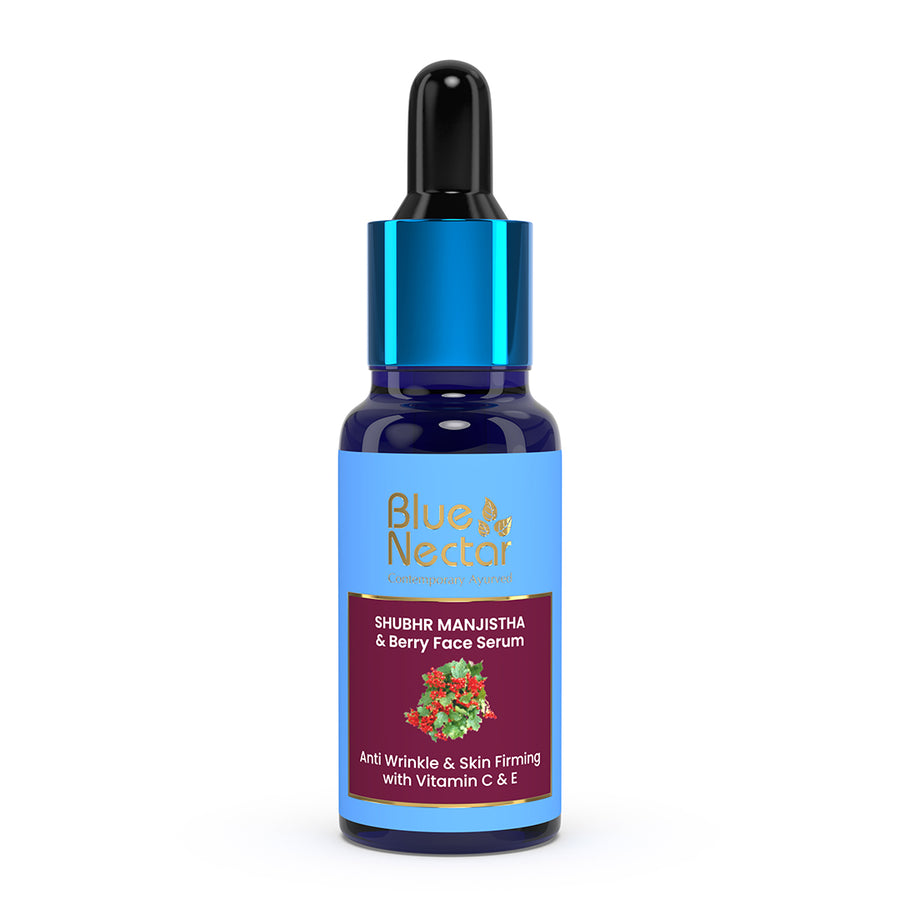

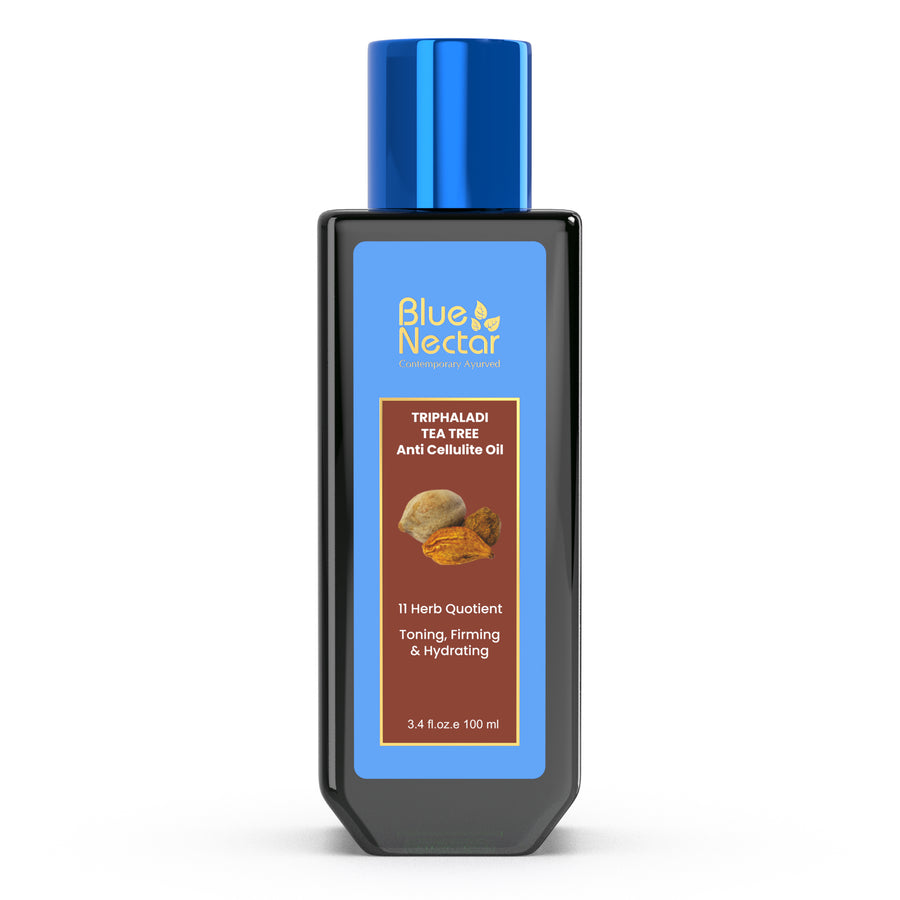
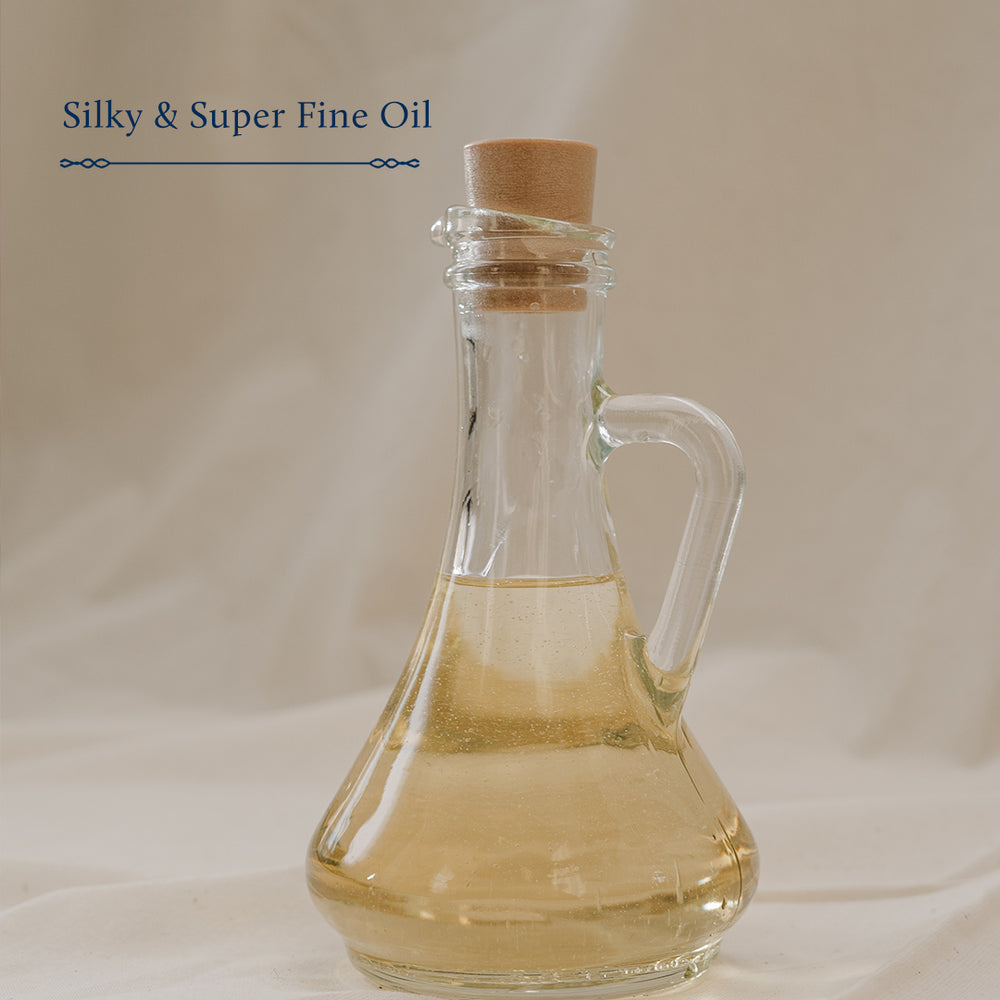
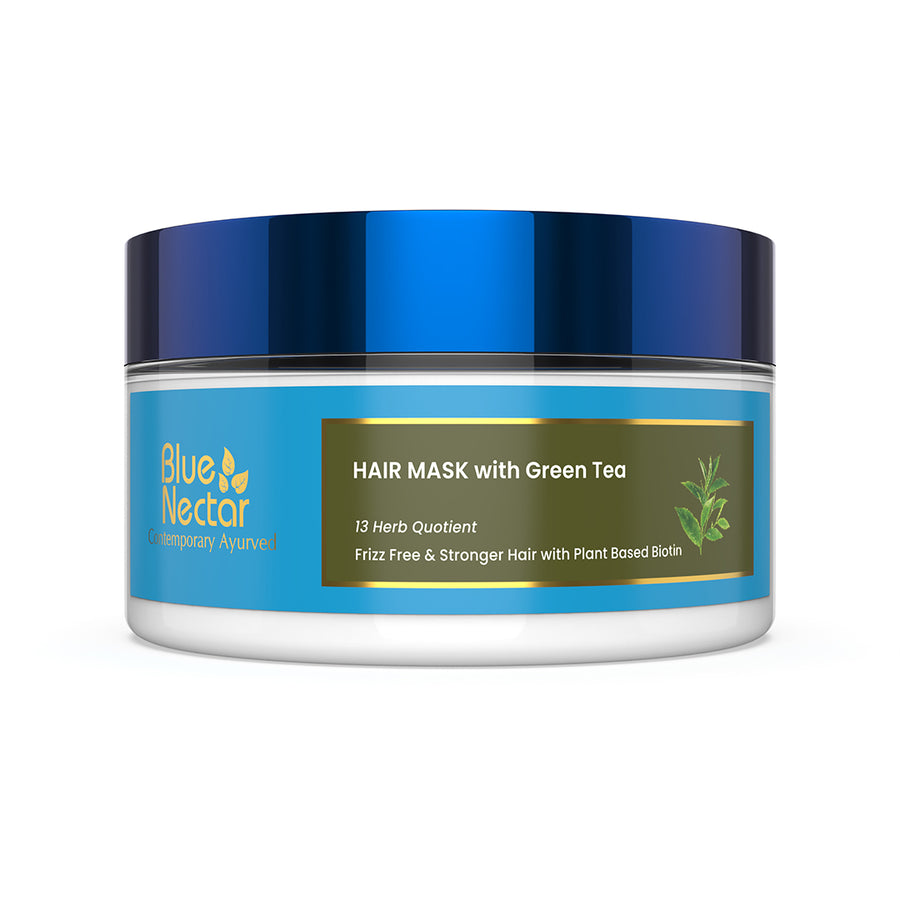
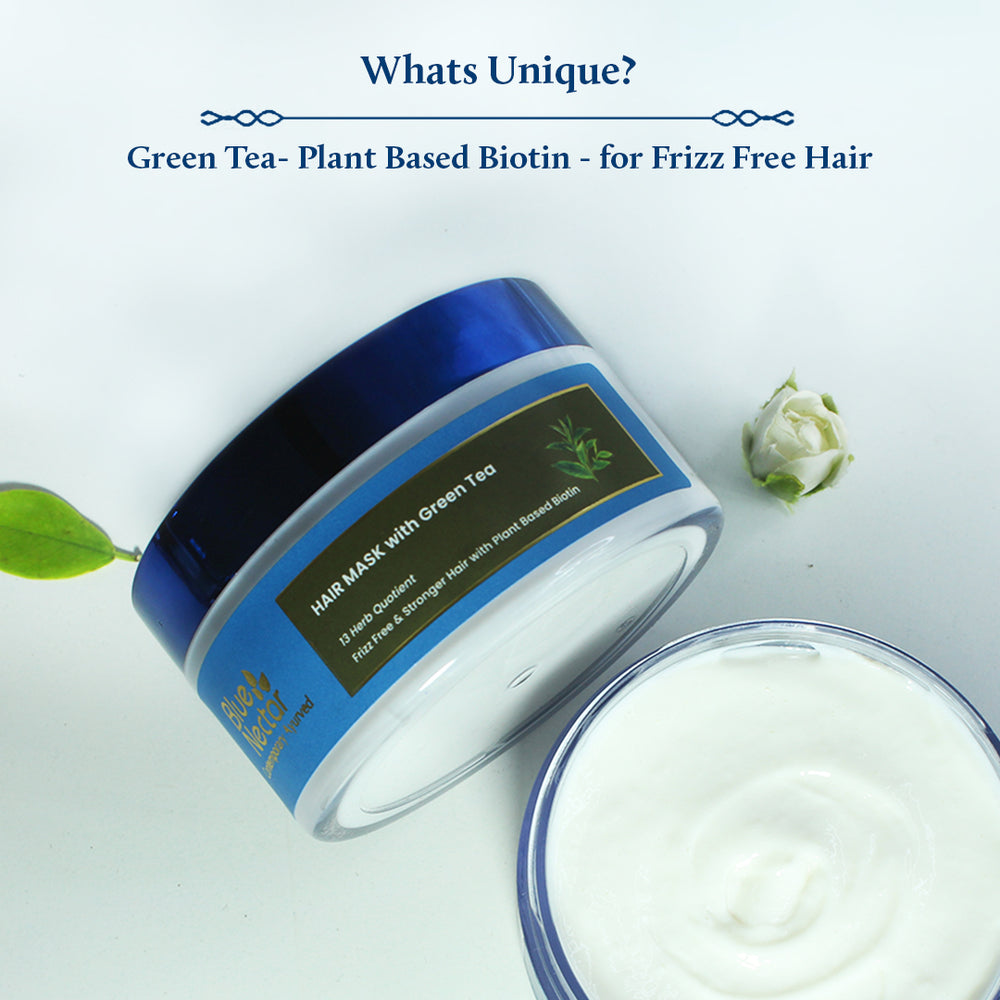


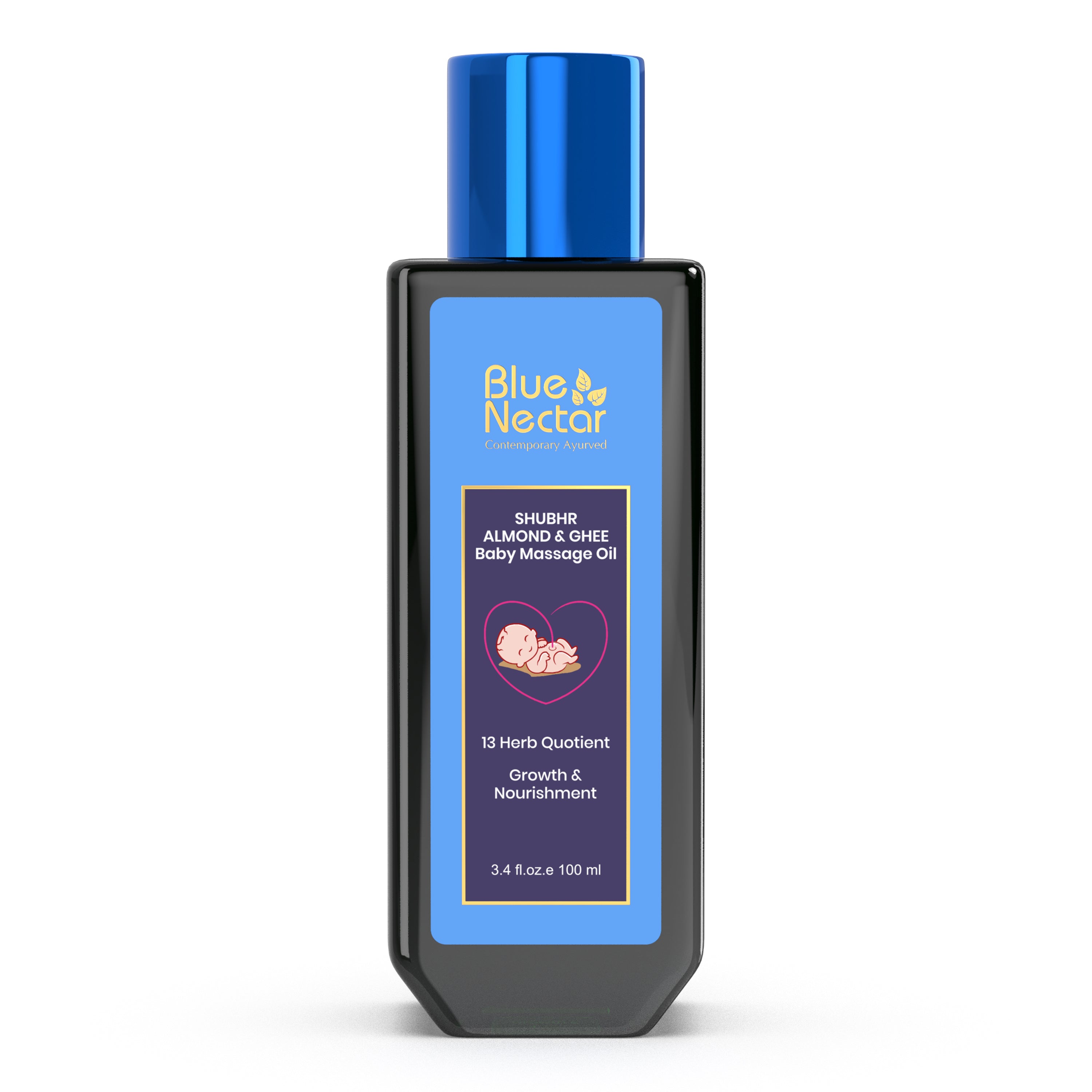
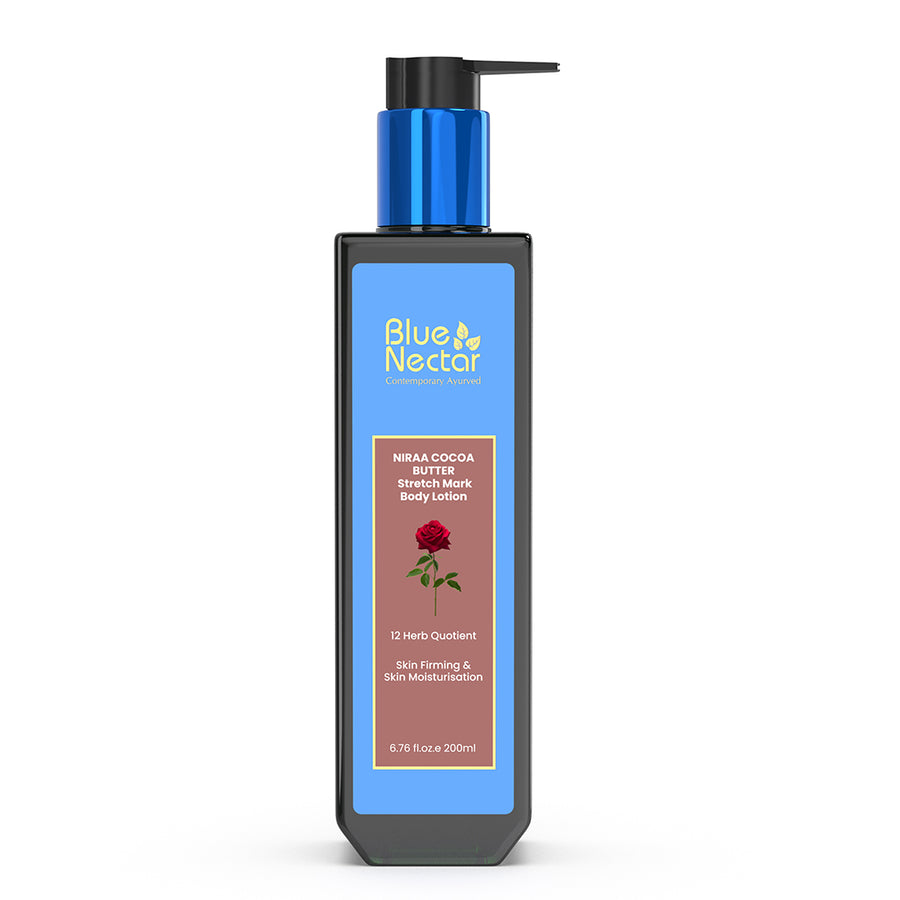

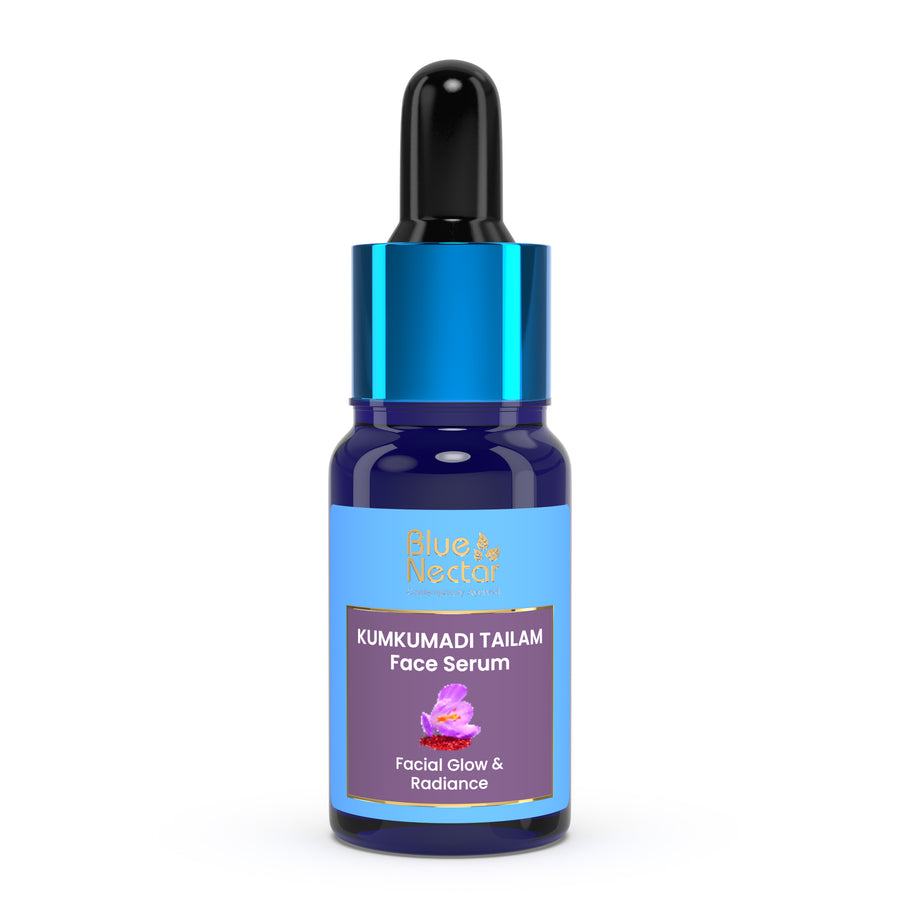
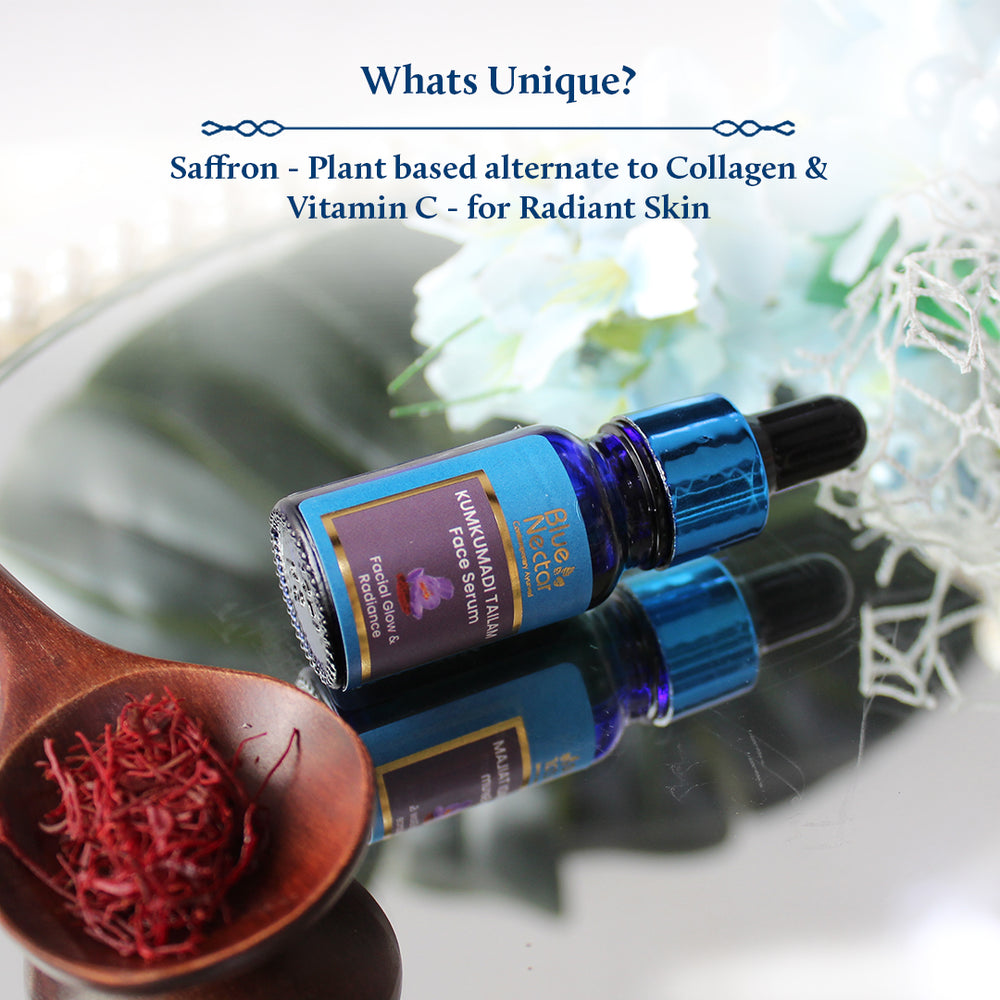
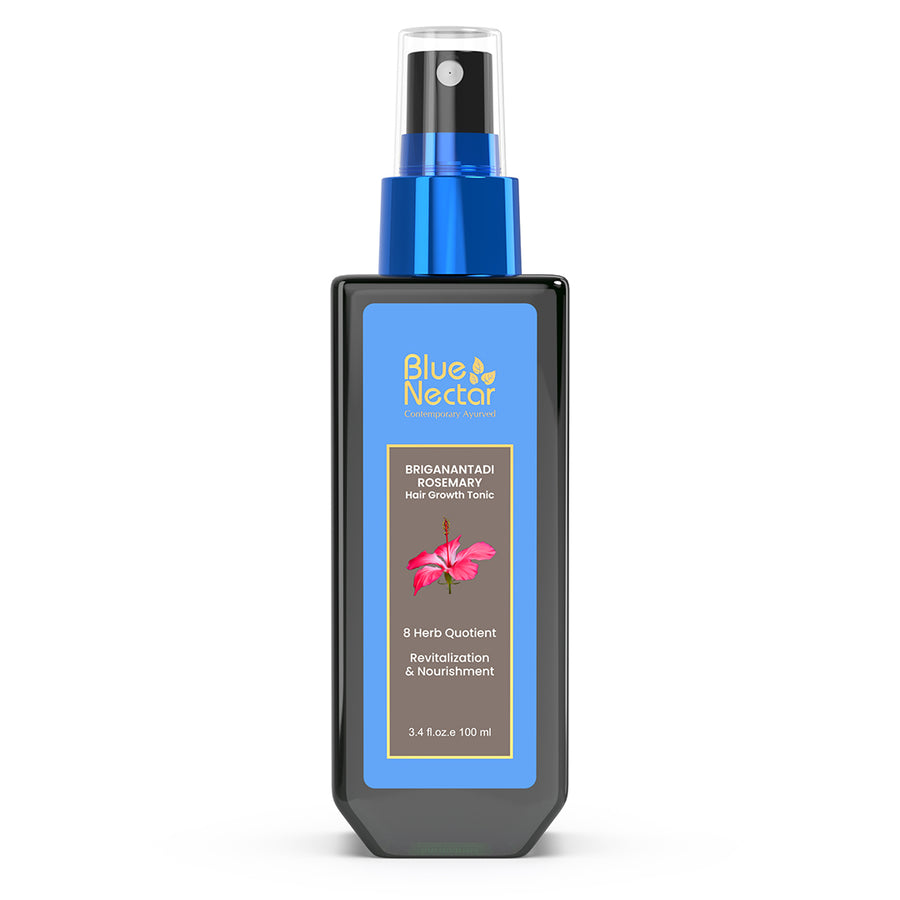


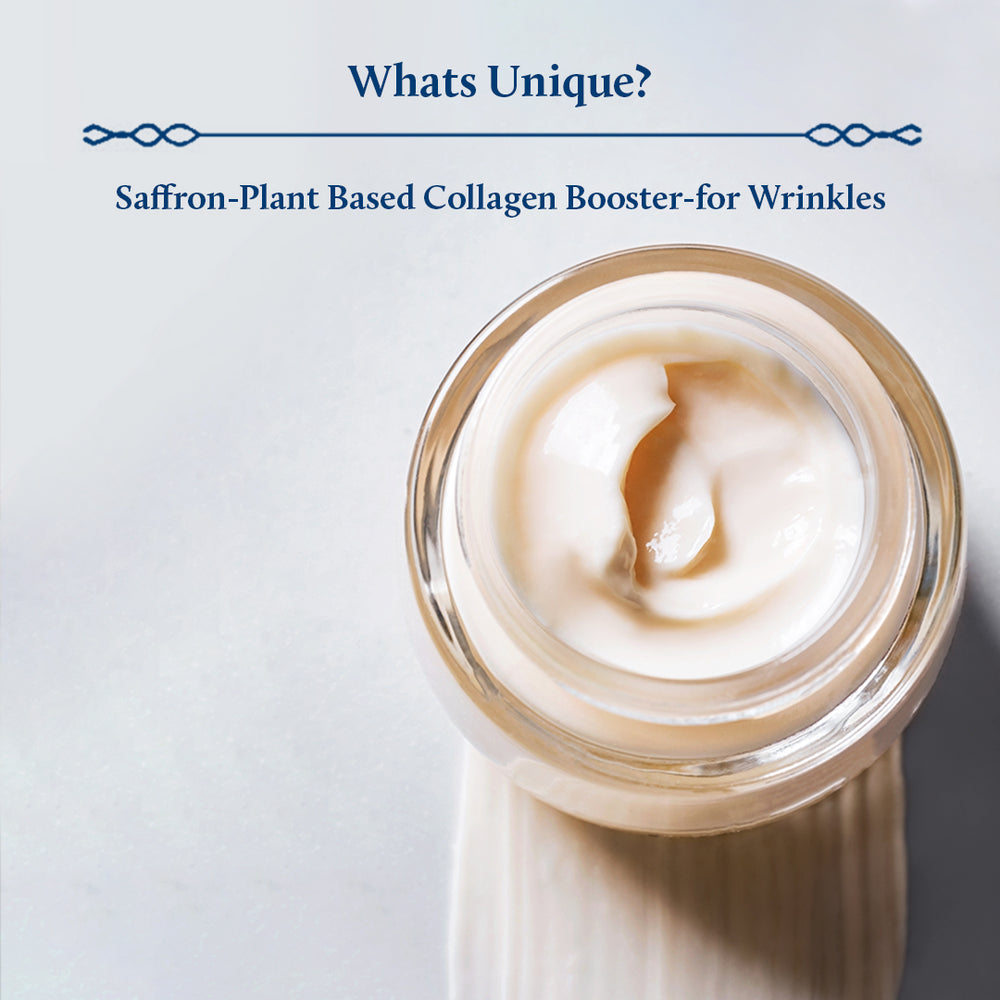
Leave a comment